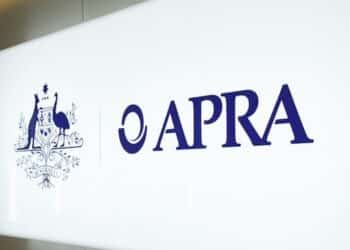Led by Deakin University’s Applied Artificial Intelligence Institute (A²I²), the project aims to streamline the handling of hundreds of email queries received by IOOF business centres each day, according to a statement.
Head of translational research and development at A²I², Professor Rajesh Vasa, said the new system would analyse incoming correspondence and assign each item to a work category where support teams were waiting to process the item and provide a customer response.
“Work requests come in from many different sources, including email, phone and text message, and staff have the task of manually identifying these for appropriate actioning,” Professor Vasa said.
“The volume of requests and the repetitive nature of the work makes this an ideal job for a machine, but it is critical that the machine can read and understand the content and context of each work request.
“In this project we apply natural language processing (NLP) techniques while retaining and empowering customer service staff to do their jobs better.”
IOOF’s head of platform technology and architecture, Damien O’Donnell, said the company was undergoing major changes to improve its customer focus and was continuously looking for opportunities where technology could help with those challenges.
“This is a significant game-changer for IOOF and we’ve been fortunate to have the opportunity to leverage Deakin’s world-class knowledge and expertise,” Mr O’Donnell said.
“Manual work classification of incoming correspondence by a person takes, on average, two minutes per item. The AI solution takes around 300 milliseconds per item – so it can perform 400 classifications in that same period.
“Critically, the accuracy rate is more than 90 per cent across some of our highest volume demands.”




[i]the accuracy rate is more than 90 per cent[/i][i][/i]
And there’s the problem with machine learning. The error rate is 10% and it’s impossible to get it corrected. For clients whose situation doesn’t fall within the standard patterns of the 90%, they will be given wrong information and an endless runaround. Much like dealing with an offshore call centre.
Some news well worth sharing from IOOF. It will be interesting how their learnings from this could be passed through to the advice process / back-office systems of advice firms.